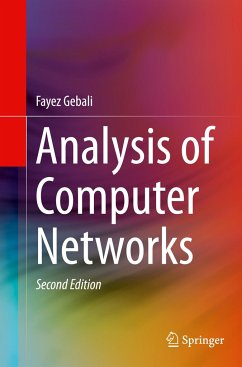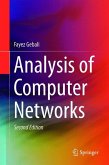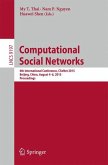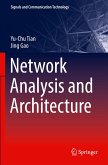This textbook presents the mathematical theory and techniques necessary for analyzing and modeling high-performance global networks, such as the Internet. The three main building blocks of high-performance networks are links, switching equipment connecting the links together and software employed at the end nodes and intermediate switches. This book provides the basic techniques for modeling and analyzing these last two components. Topics covered include, but are not limited to: Markov chains and queuing analysis, traffic modeling, interconnection networks and switch architectures and buffering strategies.
"Readers looking for all of the classical models used to predict the behavior of computer networks may be interested in this book. Gebali presents the material, interesting for a teacher or a graduate student, in a single volume that can also be used by a specialist as a refresher on theory. ... this book can be used as a good appendix to an academic course on network behavior modeling, to learn the fundamentals in a solid way." (Piotr Cholda, Computing Reviews, October, 2015)








